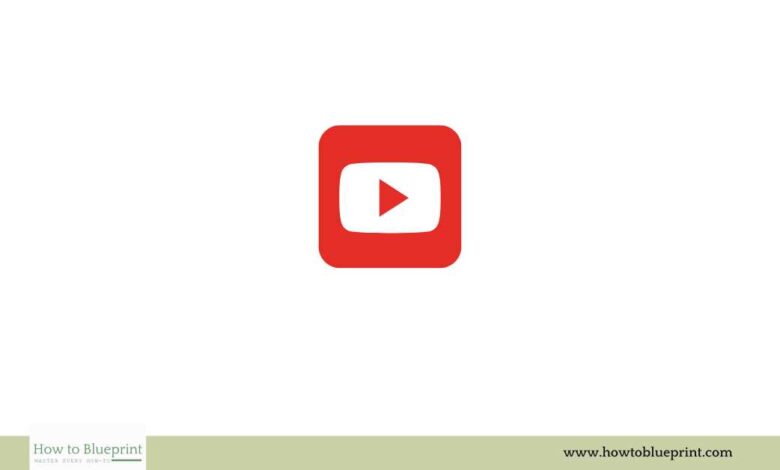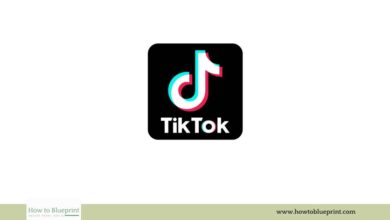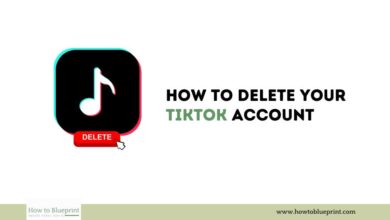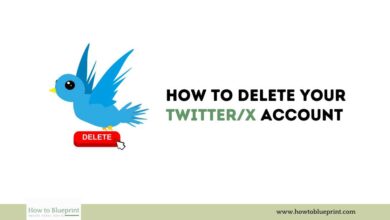How to Go Viral on YouTube: A Comprehensive Guide

In the digital age, YouTube has emerged as a powerhouse for content creators, offering a platform for sharing videos with a global audience. With over 2 billion logged-in monthly users, the potential for virality is immense. But achieving virality on YouTube isn’t just about luck; it involves strategy, creativity, and understanding the platform’s intricacies. This guide will delve into effective strategies and tips to help your content go viral on YouTube.
How to Go Viral on YouTube
1. Understanding the YouTube Algorithm
Virality Defined
Virality on YouTube means that your video garners a significant number of views, likes, comments, and shares in a short period. This can lead to increased subscribers, brand recognition, and monetization opportunities.
How the Algorithm Works
- Watch Time: YouTube prioritizes videos that keep viewers engaged for longer periods.
- Engagement: High levels of likes, comments, shares, and click-through rates (CTR) signal to YouTube that your content is valuable.
- Relevance: Videos that match the search queries and interests of viewers are more likely to be recommended.
- Consistency: Regular uploading and consistent content quality can positively impact your channel’s performance.
Key Factors Influencing the Algorithm
- Video Metadata: This includes the title, description, and tags of your video.
- User Interaction: Engagement metrics such as likes, comments, shares, and subscribers gained from the video.
- Session Time: The total amount of time viewers spend on YouTube after watching your video.
2. Crafting High-Quality Content
Invest in Production Value
- Camera Quality: Use a good quality camera or smartphone to ensure clear visuals.
- Lighting: Proper lighting can significantly enhance video quality. Natural light or ring lights are great options.
- Sound: Clear audio is crucial. Use an external microphone if necessary.
- Editing: Use editing software like Adobe Premiere Pro or Final Cut Pro to polish your videos.
Content Types
- Tutorials and How-To Videos: Educational content that offers value to viewers.
- Entertainment: Engaging, funny, or emotional content that keeps viewers hooked.
- Vlogs: Personal stories and daily life updates that build a connection with the audience.
Writing Compelling Titles and Descriptions
- Titles: Craft attention-grabbing titles that are both descriptive and intriguing.
- Descriptions: Write detailed descriptions that include relevant keywords and provide context for your video.
- Call to Action (CTA): Encourage viewers to like, comment, and subscribe to your channel.
Storytelling Techniques
- Introduction: Start with a strong hook to grab viewers’ attention.
- Build-Up: Develop the story or content with engaging details.
- Climax: Present the most exciting or important part of your video.
- Conclusion: Finish with a memorable ending or a strong CTA.
3. Optimizing Your Videos for SEO
Keyword Research
- Tools: Use tools like Google Keyword Planner, TubeBuddy, and VidIQ to find relevant keywords.
- Competitor Analysis: Analyze top-performing videos in your niche to identify popular keywords.
Optimizing Titles and Descriptions
- Titles: Include your main keyword in the title naturally.
- Descriptions: Write a detailed description using primary and secondary keywords.
- Tags: Use relevant tags that describe the content of your video.
Thumbnails
- Design: Create eye-catching thumbnails with bold text and bright colors.
- Relevance: Ensure the thumbnail accurately represents the content of the video.
Transcriptions and Closed Captions
- Transcriptions: Upload transcriptions to make your videos more accessible and searchable.
- Closed Captions: Adding closed captions can improve viewer engagement and reach a broader audience.
4. Engaging with Your Audience
Respond to Comments and Messages
- Timeliness: Respond promptly to comments and messages.
- Personalization: Address users by name and personalize your responses.
Ask Questions and Encourage Interaction
- Questions in Videos: Ask open-ended questions to encourage comments.
- Polls and Quizzes: Use YouTube’s interactive features to engage your audience.
Host Giveaways and Contests
- Rules: Clearly outline the rules and entry requirements.
- Prizes: Offer attractive prizes to encourage participation.
- Promotion: Promote your giveaway or contest through all available channels.
Building a Community
- Community Building: Create a sense of community by regularly engaging with your followers.
- Feedback: Ask for feedback and suggestions to make your content more relatable.
5. Leveraging Trends and Challenges
Participate in Trends
- Timeliness: Jump on trends early to maximize visibility.
- Creativity: Put a unique spin on trends to stand out.
Create Your Own Challenges
- Simplicity: Make the challenge easy to participate in.
- Engagement: Encourage users to use a specific hashtag and tag you in their posts.
- Promotion: Promote your challenge through other social media platforms and collaborations.
Understanding Trend Cycles
- Short-Lived Trends: These trends gain popularity quickly but also fade quickly.
- Long-Lasting Trends: These trends remain relevant over a longer period.
- Evergreen Content: Content that is always relevant and doesn’t rely on trends.
6. Analyzing Insights and Metrics
Use YouTube Analytics
- Engagement Metrics: Track likes, comments, shares, and watch time.
- Audience Demographics: Understand your audience’s age, gender, and location.
- Content Performance: Analyze which videos perform best and why.
Adjust Your Strategy Based on Data
- A/B Testing: Experiment with different types of content and posting times.
- Trend Analysis: Identify patterns and trends in your content’s performance.
- Feedback Loop: Use audience feedback to refine your strategy.
Setting Goals and KPIs
- Short-Term Goals: Set achievable short-term goals for engagement and reach.
- Long-Term Goals: Plan for long-term growth and brand building.
7. Collaborating with Influencers
Identify Suitable Influencers
- Relevance: Ensure the influencer’s audience aligns with your target market.
- Engagement: Look for influencers with high engagement rates, not just follower counts.
- Authenticity: Choose influencers who align with your brand values.
Types of Collaborations
- Sponsored Posts: Pay influencers to promote your products or services.
- Joint Videos: Collaborate on videos that benefit both parties.
- Guest Appearances: Feature influencers on your channel and appear on theirs.
Building Long-Term Relationships
- Consistency: Work with influencers consistently for better results.
- Mutual Benefit: Ensure the collaboration is beneficial for both parties.
8. Utilizing YouTube Advertising
Types of YouTube Ads
- Skippable Ads: Ads that viewers can skip after 5 seconds.
- Non-Skippable Ads: Ads that must be watched before the video begins.
- Bumper Ads: Short, non-skippable ads that last up to 6 seconds.
Creating Effective Ad Campaigns
- Targeting: Use advanced targeting options to reach your ideal audience.
- Budget: Allocate a budget for YouTube ads to boost your reach and engagement.
- Ad Copy: Write compelling ad copy that captures attention quickly.
Analyzing Ad Performance
- Metrics: Track metrics such as views, clicks, and conversions.
- Adjustments: Make adjustments based on performance data to optimize your campaigns.
9. Cross-Promoting on Other Platforms
Utilize Other Social Media Channels
- Instagram: Share your YouTube videos on Instagram Stories and Reels.
- Twitter: Tweet links to your YouTube videos.
- Facebook: Post your videos on Facebook and engage with followers.
Email Marketing
- Newsletter: Include your YouTube videos in your email newsletters.
- Signatures: Add a link to your YouTube channel in your email signature.
Collaborate with Bloggers and Websites
- Guest Posts: Write guest posts for popular blogs in your niche.
- Features: Get featured on high-traffic websites and include links to your YouTube.
Utilize Social Media Groups and Forums
- Facebook Groups: Share your YouTube content in relevant Facebook groups.
- Reddit: Post your videos on subreddits related to your niche.
10. Staying Consistent and Authentic
Authenticity in Content
- Voice: Maintain a consistent brand voice across all posts.
- Transparency: Be honest and transparent with your audience.
- Storytelling: Share personal stories and experiences to build a connection.
Engage with Popular Accounts
- Commenting: Comment on posts from popular accounts in your niche to increase visibility.
- Tagging: Tag relevant accounts in your posts to reach a wider audience.
Building a Personal Brand
- Unique Identity: Develop a unique identity that sets you apart from others.
- Consistency: Stay consistent with your content style and posting schedule.
11. Advanced Strategies for Virality
Leverage User-Generated Content
- Encouragement: Encourage your followers to create content related to your brand.
- Features: Feature user-generated content on your account.
Host Giveaways and Contests
- Rules: Clearly outline the rules and entry requirements.
- Prizes: Offer attractive prizes to encourage participation.
- Promotion: Promote your giveaway or contest through all available channels.
Utilize Analytics Tools
- Insights: Use analytics tools to track performance and gain insights.
- Optimization: Optimize your strategy based on data and insights.
Conclusion
Going viral on YouTube requires a combination of high-quality content, effective engagement strategies, and a deep understanding of the platform’s algorithm. By following the tips and strategies outlined in this guide, you can increase your chances of achieving virality and growing your YouTube presence.
This comprehensive guide provides a roadmap to help you go viral on YouTube. By employing these strategies, you can elevate your YouTube game and achieve the visibility and engagement you desire. Whether you’re an individual content creator or a brand looking to expand your reach, understanding the nuances of YouTube can make a significant difference in your social media strategy.





One Comment